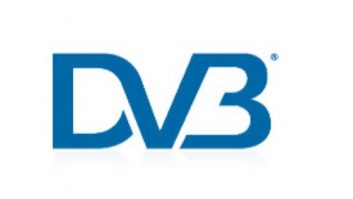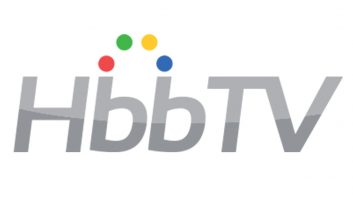In a ‘first ever’ public demonstration at IBC, the DVB was looking to facilitate secure interoperability in the home network with its DVB-CPCM specifications, writes George Jarrett. Standing for Content Protection & Copy Management, the specs are all about establishing a specification for ‘persistent protection’ of commercial content in consumer digital products and home networks.
DVB-CPCM manages content usage from acquisition into the CPCM system until final consumption, or export from that system. Possible sources for commercial digital content include cable, satellite, and terrestrial broadcasts, internet-based services, packaged media, and mobile services. CPCM is intended for use in protecting audio, video and associated applications and data.
Fastcom produced the stand show for the DVB. It covers the acquisition of content into a user’s Authorised Domain (AD) and the subsequent movement of that content around the AD in accordance with the Usage State Information (USI) or permissions attached to it by the rights holders. Fastcom also illustrates the remote accessing of content and the export of content from one AD to another.
IBC visitors can study a kiosk presentation to get an idea of how the typical consumer might experience DVB-CPCM.
It provides the specs to facilitate interoperability of such content after acquisition into CPCM by networked consumer devices for both home networking and remote access. The spec is made up of parts, some of which cover signalling and actions required for technical compliance, and other parts that explain the rationale behind the specification, including implementation guidelines.
Explaining that a Reference Model provides the framework for the CPCM system and that this is the foundation upon which the remaining specification elements are built, DVB Project executive director Peter MacAvock said:”The publication of the latest revision of BlueBook A094 for CPCM represents a significant step in the DVB’s ongoing work in the area of content management. Nine of what will eventually be 13 elements are now in place, with the remaining four elements, which are mainly informative, expected in Q4 2007.”







